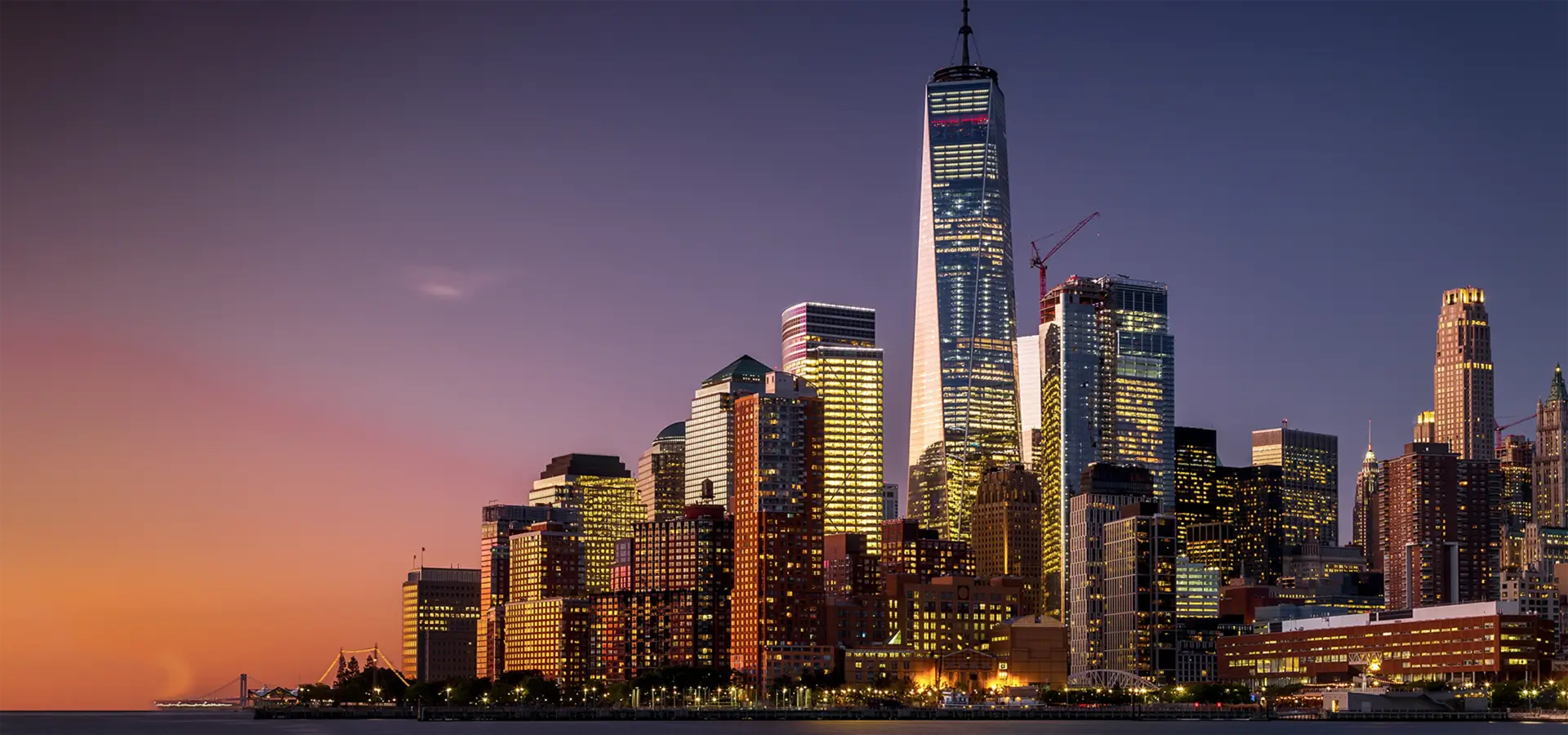

The Significance of Float Glass in Modern Architecture
Float glass, a universal type of glass, has become a cornerstone in the field of architecture and construction. Its unique properties and manufacturing process have revolutionized how buildings are designed and perceived. This article explores the significance of float glass, its production method, applications, and its impact on modern architectural practices.
Float glass is produced through a remarkable method that involves floating molten glass on top of molten tin. This process creates a smooth, uniform surface that is free from distortions, making it ideal for a variety of applications. The result is a clear and flat sheet of glass that possesses remarkable clarity and strength. Unlike other glass-making processes, float glass offers a thickness that can vary, allowing architects and builders to select the appropriate dimensions for their needs.
One of the primary advantages of float glass is its aesthetic appeal
. It provides an unobstructed view, which is particularly important in modern architecture that often seeks to integrate natural light and outdoor landscapes into interior spaces. This transparency fosters a sense of openness and connectivity with the environment, enhancing both the functionality and beauty of a structure. In several iconic buildings around the world, float glass has been used to create striking facades, emphasizing sleek lines and contemporary design.
In addition to its visual benefits, float glass is also prized for its energy efficiency. Advances in technology have enabled the development of low-emissivity (low-E) coatings, which improve the thermal insulation properties of float glass. This allows buildings to maintain comfortable indoor temperatures while reducing energy consumption. Consequently, architects increasingly employ float glass in sustainable design practices, contributing to greener building solutions that minimize environmental impact.
Moreover, float glass is versatile and can be treated to enhance its durability and safety. Laminated and tempered glass variants can withstand greater impacts and are often used in high-traffic areas or in regions prone to extreme weather conditions. Such treatments not only ensure the safety of occupants but also extend the lifespan of the glass, making it a wise investment for builders and developers.
The application of float glass is not limited to windows or facades; it also extends into interior design. Glass partitions and balustrades embody modern elegance while maintaining an open atmosphere in commercial spaces and homes alike. Additionally, the use of colored or frosted float glass allows for creative expression, enabling designers to play with light, color, and spatial harmony.
In conclusion, float glass plays an essential role in contemporary architecture, blending utility with aesthetic appeal. Its unique production process and remarkable qualities have made it a favored material for builders and designers alike. As architecture continues to evolve toward more sustainable and innovative practices, float glass will undoubtedly remain a significant component, enhancing the way we perceive and interact with our built environment. With the ongoing advancements in technology and design, the future of float glass in architecture is bright, promising even greater possibilities for creativity and sustainability.